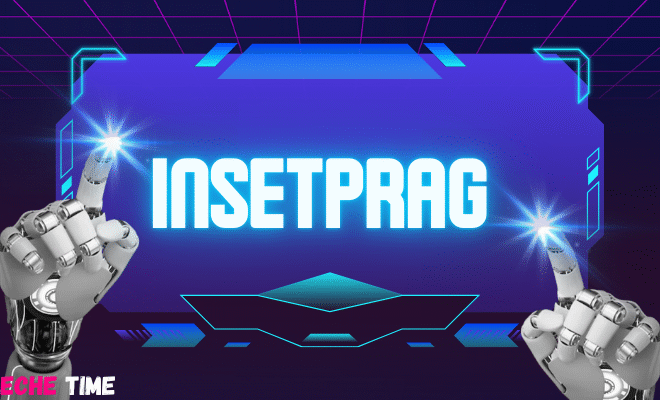
4 Common Uses of OCR Libraries in Enterprise Document Management
Did you know that the enterprise document management system market is expected to reach $12.10 billion by 2030? This reflects the growing reliance on efficient systems to streamline business processes.
In today’s business world, managing documents is key to staying productive. Enterprises deal with large amounts of paperwork and digital files.
To handle this, they need efficient solutions. Optical Character Recognition (OCR) libraries provide a smart way to manage data.
This article will explore the 4 applications of OCR libraries in document management. Read on to learn how it can streamline operations and enhance productivity.
1. Automated Data Entry
One of the primary applications of OCR libraries is automated data entry. Traditionally, manual data entry can be time-consuming and prone to errors.
With OCR capabilities, data can be scanned and converted into structured formats automatically. This reduces the workload for employees. It also minimizes the errors that often occur during manual entry.
Businesses can integrate OCR with their existing systems for seamless workflows. Employees can focus on more important tasks instead of typing data. Automated data entry also helps ensure consistency across all records.
2. Enhanced Searchability
Searching for documents in a regular system can be frustrating. This is especially true with large amounts of data.
OCR technology makes documents searchable. Once scanned, documents are indexed. Users can then find specific information quickly using keyword searches.
This feature saves time and improves efficiency. It’s especially important for businesses where time matters. OCR helps keep everything organized and easy to access.
3. Improved Compliance and Record-Keeping
Regulatory compliance is a major concern for many businesses. Keeping accurate records is essential.
OCR libraries help organizations digitize paper records. This ensures the records are easy to access and securely stored.
Managing documents digitally makes it simple to retrieve them for audits. This improves compliance and record-keeping.
OCR also helps reduce the risk of lost or misplaced documents. With OCR, businesses can easily update and track document changes. It helps in maintaining up-to-date records for compliance purposes.
The digital format makes sharing documents with auditors quick and secure. OCR technology ensures businesses stay prepared for audits and regulatory inspections.
4. Integration with Custom Applications
Many businesses use custom applications to manage workflows. Interoperability is important for efficiency.
OCR libraries can work well with custom software. This improves the software’s capabilities.
For example, developers can use Tesseract C# to add OCR features to their applications. This helps create solutions that fit the company’s needs. As a result, document management becomes more effective.
Custom applications can be tailored to handle specific tasks. OCR integration helps automate document processing within these systems. It reduces the need for manual work and speeds up operations.
With OCR, you can process and analyze documents faster. This leads to fewer errors and better data accuracy. By integrating OCR, businesses can improve workflow and increase productivity.
Transforming Enterprise Document Management
Using OCR libraries in enterprise document management systems helps businesses boost productivity. It streamlines operations and reduces manual tasks. Using these tools, companies can create custom solutions.
These solutions improve document management strategies. To stay competitive, businesses should explore OCR technology. It can make their document management processes more efficient.
Was this helpful? If so, please keep browsing our site to find more useful information!








